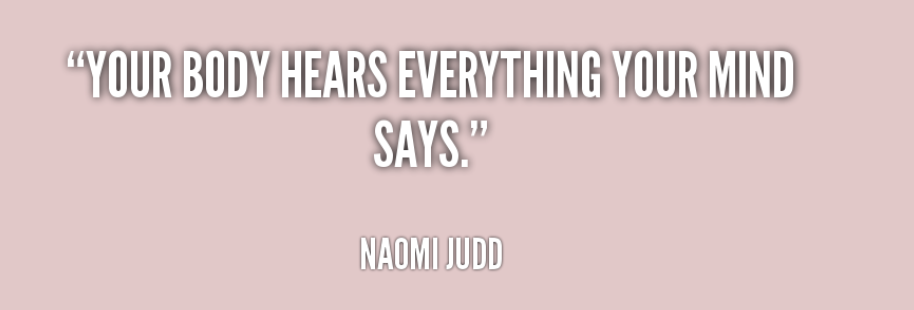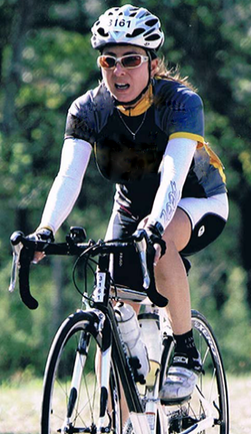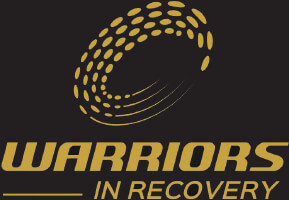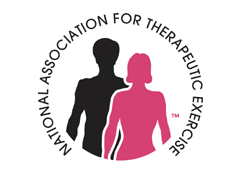
As a performance and sports therapist, I was trained to believe that sometimes I know your body better than you do. If you are experiencing any discomfort or limit in range of motion (ROM), then you should hand your body over to me (the same way you might bring your broken car to a mechanic). With little or no input from you, if the exchange goes well, voila! You’re all fixed up and ready to roll thanks to my genius.
The problem is that this dynamic sets us both up for failure.
Your body is a self-healing organism. If you’re by-passing its natural self-repair and recovery process by handing all your power over to a doctor, PT, manual therapist or athletic trainer, then you are ignoring an important component you need to recover and to avoid injuries. This is not a revolutionary idea. If you’ve read any of my previous blogs, then you know what a HUGE fan I am of “Headspace” (a self meditation app) and how it is now being implemented into professional sports like the NBA.
As healthcare providers, we learn that the body is the only thing that can heal itself (pain killers and steroid shots don’t heal you). Our anatomy and physiology texts teach us that our bodies are brilliantly equipped with natural self-repair mechanisms that can kill bad cells we produce every day, fight infections, repair broken bones and injured tissues, keep our coronary arteries open and naturally fight the aging process.
We also learn about our autonomic nervous system and how it is divided into two parts. The sympathetic nervous system, which produces the body’s stress response (referred to as the “Fight or Flight”) and the parasympathetic nervous system which produces a relaxation response (also know as “Rest and Digest”). It all seems pretty simple, right?
What is not really explained in school is that your body’s recovery and self-repair only FULLY functions when your body is in a relaxed state. Meaning the less stressed you are, the more repair and maintenance is then going on in your parasympathetic nervous system. I’m constantly preaching to my clients how emotional stress can cause issues in their body tissues too and how “Stresses” can defeat their body’s recovery processes.

Stresses have changed over the last few hundred years wouldn’t you say? We’ve gone from being chased by bears, to money and social worries. Stress responses were supposed to be more life or limb threatening dangers, but many modern day humans are in “fight or flight” all the time. Stress is WAY more complex than demands on your energy and time.
NEWSFLASH: Your brain can’t tell the difference between “Help, I ‘m being chased by a grizzly!” and “I don’t have enough money to pay my rent” or “I’m never going to get well”.
As far as your brain is concerned, all these modern day stresses signal “DANGER” and this stress negatively affects your body’s ability to heal and recovery. No amount of Kale or ingested supplements can counter balance these toxic effects either. Your body takes longer to heal or recover because has lost its inner balance ability to heal and self-repair efficiently.
In a nutshell, here’s why….
Your Autonomic Nervous system has two big sub-systems, Sympathetic (Fight or Flight) and Parasympathetic (Digest and Rest). Both nervous systems play role in blood flow to intestines and play a big role in how much blood is available for other parts of the body. So, when the sympathetic nervous system is activated by some kind of stress (fight or flight situation), then blood flow to your intestines DECREASES. Blood flow is often diverted to other areas to avoid dangerous situations.
Whereas in non-threatening times, when you are in a resting situation the opposite occurs. When your are relaxed you increase blood flow to your intestines to increase your body’s ability to digest food; which then enhances your body’s ability to self-repair, recover and heal. The Autonomic Nervous system does a TON of other things. However, this is how STRESS effects how our body’s recovery process.
So now, do you understand why the big push is on for meditation and douche days in professional sports? When athletes relax, their bodies’ natural “self-repair” mechanisms flips on and it enhances their recovery processes. At the end of the day, sports recovery is based on science and this is a big business.

Next time, I need to blog about how and why what I do affects this very same system. However, for now…I need to go put my headphones on and get in another session of my Headspace app.
Cheers,
drock

Want to learn more about improving your functional movement and sports performance? Then follow Dianne on her blog https://dtasmblog.wordpress.com
Dianne Rockefeller is a Athletic Performance Therapist, Licensed Massage Therapist, Certified Muscle Activation Specialist, MAT Certified Jumpstart Trainer, National Academy of Sports Medicine – Certified Personal Trainer, Certified Orthopedic Manual Therapist, Certified Myoskeletal Therapist, Certified Kinesio Taping Practitioner, and Certified Cupping Therapist. She treats athletes of all levels, from youth to professional, ALL sports. She brings a very unique perspective to manual therapy utilizing her experience with motion analysis and sport. Her blend of advanced integrated skills along with practical and rehabilitation experience deliver exceptional results. Dianne is a self-proclaimed scholar of “Applied Performance Manual Therapies”. Contact Dianne at drock@dtasm.com or 210-973-4848.







